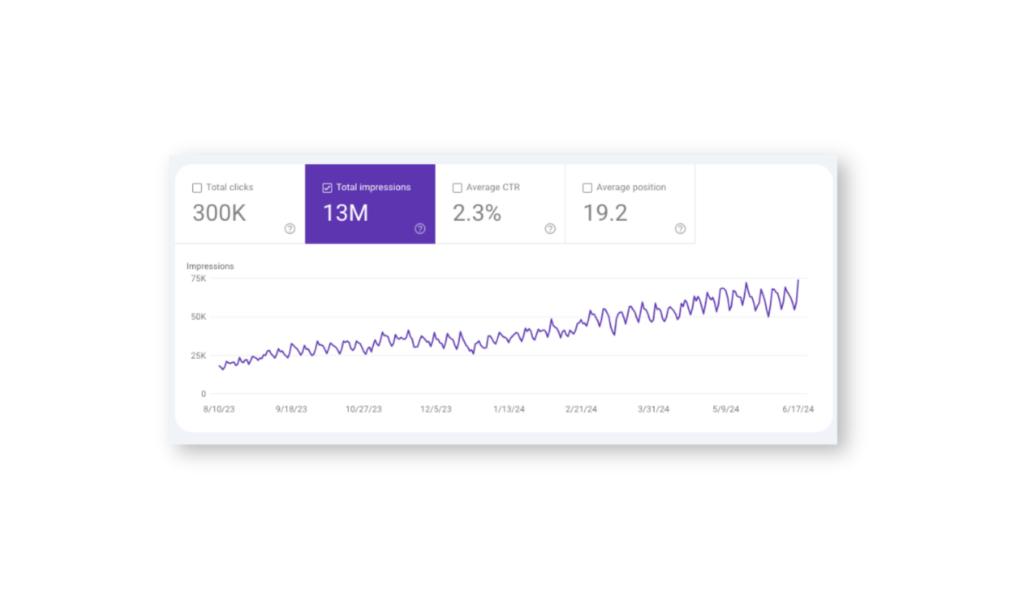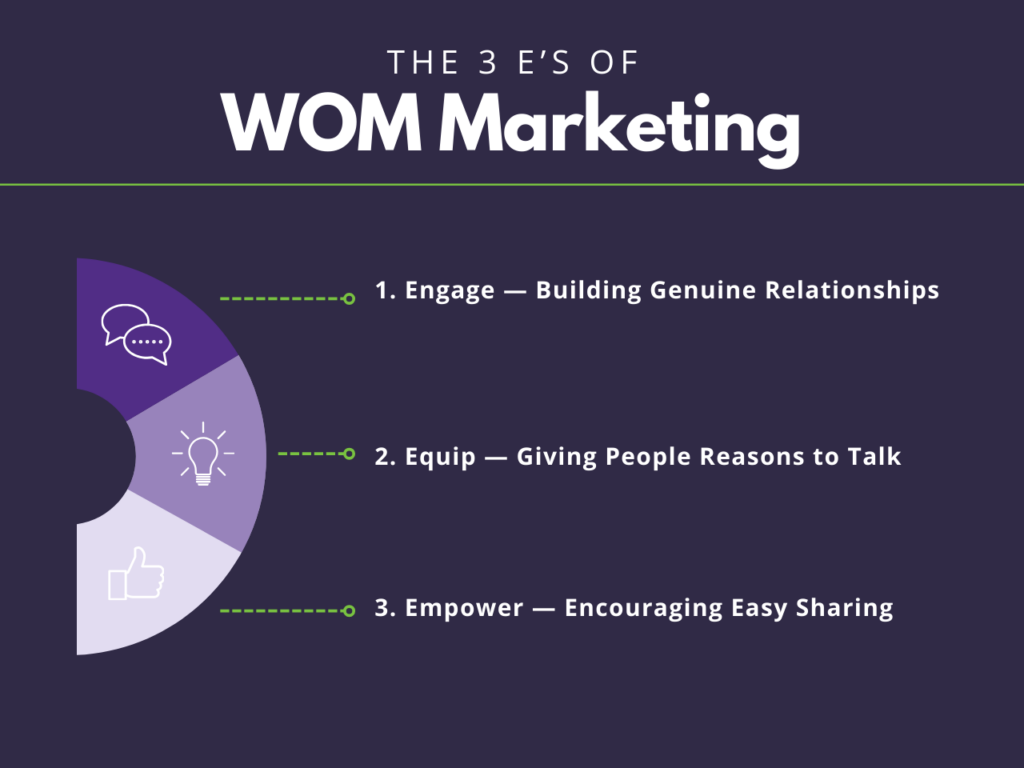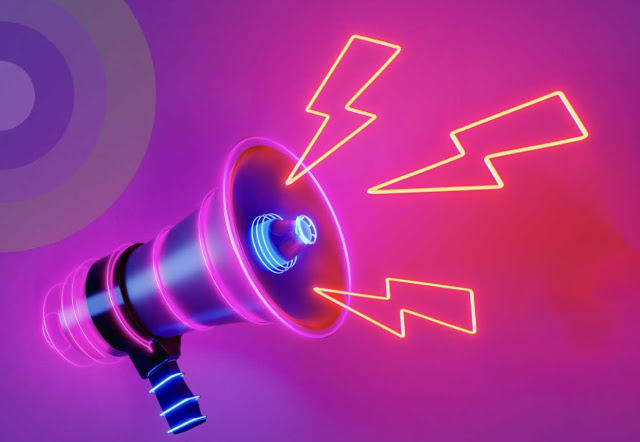What is Word-of-Mouth Marketing (WOM)?
If you’ve ever pointed a friend toward a cozy new café or shared details about an amazing phone case when someone admired yours, then you already grasp word-of-mouth marketing—and just how powerful it can be.
Word-of-mouth marketing (WOMM) happens when customers naturally share their great shopping or product experiences with friends, family, or colleagues—giving brands free publicity. It’s often considered the “original social media” because, long before online platforms, people were recommending products and services through personal conversations.
Why does it matter? People trust recommendations from peers more than traditional ads, since there’s more authenticity there. That trust often leads to higher engagement and stronger loyalty. When someone you know raves about a new restaurant or praises a fresh workout app, you’re much more likely to try it out yourself than if you simply saw an ad.

In the digital age, WOMM can include everything from sharing a personal story on social media to leaving positive reviews online. Brands encourage it by hosting events or offering easy ways for customers to talk about their good experiences. Consider a loyalty program at a favorite coffee shop—customers enjoy freebies and spread the word about it. Or think about your favorite boutique that surprises customers with a free small gift in every order, sparking a flood of enthusiastic Instagram UGC posts.
WOMM has always been a powerful marketing tool, and it’s even more vital today. Whether it’s an excited friend or a viral tweet, honest, enthusiastic chatter about your brand beats a paid ad every time.
Why Word-of-Mouth Marketing (WOMM) Still Matters
Digital ads and promotions pop up everywhere, nothing compares to a personal recommendation from a friend or colleague. Here’s why WOMM is often considered the most valuable form of marketing:
- Cost-effective: It relies on genuine customer enthusiasm instead of big ad budgets.
- Builds trust: People trust friends and family far more than they trust paid ads.
- Encourages loyalty: Customers referred by someone they know tend to stay with a brand longer.
- Builds brand credibility: Positive experiences shared by real people reinforce your brand’s reputation.
- Influences purchase decisions: A single endorsement can sway someone toward choosing your product or service.
The Value of Consumer Trust
Trust is at the core of word-of-mouth marketing—and it clearly fueled OrthoConnecticut’s success. People naturally seek guidance from those they trust, which is why personal recommendations often outperform traditional ads. This dynamic also explains the rise of influencer marketing, where a “parasocial” connection can feel like a trusted friend’s endorsement.
How OrthoConnecticut’s Success Story Demonstrates the Power of WOMM

- 223% Increase in Organic Traffic: In addition to extensive SEO initiatives, new patients likely heard about OrthoConnecticut from friends and family members, then searched online to learn more about the practice.
- Google Ads Conversions: 140 to 634 in One Year: While keeping a 20–25% conversion rate, this jump suggests that trust—built by positive reviews and referrals—played a big role in convincing people to book appointments.
- 3,500 Calls & 4,500 Website Clicks per Quarter (via Google Business Profiles): Satisfied patients left glowing reviews and passed along recommendations, leading more people to get in touch and visit the website.
These results underline key advantages of word-of-mouth marketing; people trust peers over ads, patients referred by friends or family often stay longer, organic buzz thrives without a massive advertising budget.
When people hear genuine success stories—whether from friends, relatives, or an online reviewer—they’re more inclined to check out a website, call, or book an appointment. This trust factor is what propels word-of-mouth success.
Consumers clearly value word-of-mouth, and marketers recognize its power—so why isn’t it front and center in every marketing plan?
Marketers often focus on counting social media followers rather than truly connecting with them. In reality, 100 genuine fans—the kind who genuinely love your product—are infinitely more valuable than 10,000 passive followers only there for a freebie. After all, if you have to buy fans, are they really your fans?
Instead of obsessing over likes or follows, let’s focus on aiming higher. Marketers once talked about the 4 P’s (product, place, price, and promotion), but now it’s the 3 E’s—Engage, Equip, and Empower—that really spark meaningful word-of-mouth. Master these elements, and your brand could quickly become the talk of your industry—driving real revenue growth in the process.
The 3 E’s of Word-of-Mouth Marketing

Before diving in, remember that WOM thrives on authentic human interaction. Here’s a quick look at how to Engage, Equip, and Empower your audience.
- Engage — Building Genuine Relationships
Connect with customers on a personal level through real conversations and responsive support. Meaningful exchanges build trust and foster genuine brand relationships.
- Equip — Giving People Reasons to Talk
Share compelling stories, insider info, or entertaining tidbits. By crafting brand storytelling that resonates, you arm people with shareable content they’ll want to spread.
- Empower — Encouraging Easy Sharing
Provide simple ways for customers to spread the word—like referral programs or convenient share buttons. When you encourage sharing and empower customers to be brand ambassadors, WOM naturally grows.
How to Manage WOM
To foster strong word-of-mouth, highlight and share glowing reviews, thank supporters for their recommendations, and maintain a positive brand tone. At the same time, monitor online chatter and use sentiment analysis to respond swiftly to concerns and uphold trust.
Key Traits of Successful Word-of-Mouth Campaigns:
- Credible: Authentic endorsements matter.
- Social: Encourage interactions that make others take notice.
- Repeatable: Easy-to-share ideas spark more conversations.
- Respectful: Stay honest and transparent in every interaction.
How to encourage Digital WOM
- Provide Good Customer Service: Happy customers share positive experiences; unhappy ones do the opposite.
- Create Unique Products: Differentiation drives excitement and conversation.
- Give Exclusive Information: Sharing inside tips or special access encourages loyalty and chatter.
- Use Influencers: Their personal connection with an audience can fast-track brand recommendations.
Recommendations and Their Impact on Sales:
When people hear firsthand stories about great experiences, they’re more likely to buy. This trusted praise consistently outperforms traditional ads, helping convert curious browsers into paying customers.
Fueling Conversations for Long-Term Brand Success
Word-of-mouth is an evergreen strategy that thrives in today’s connected world. By engaging customers, equipping them with shareable content, and empowering them to tell your story, you’ll nurture authentic buzz that drives trust, sales, and loyalty over the long haul.
At Brandmark Studios, we specialize in harnessing the power of word-of-mouth (WOM) marketing to amplify your brand’s reach and impact. Whether you’re looking to spark authentic conversations, build trust through customer advocacy, or maximize organic referrals, our team will craft a strategy that turns your audience into your biggest promoters. Let’s work together to create meaningful connections and drive real, measurable growth through the influence of genuine recommendations.
FAQs
Why is word-of-mouth so powerful?
Word-of-mouth marketing is powerful because it builds trust and credibility through personal recommendations. People trust friends, family, and peers more than ads, making word-of-mouth marketing highly persuasive. It also has a ripple effect—one positive experience can lead to multiple referrals, expanding reach organically. Plus, in the digital age, social media amplifies these recommendations, making them more influential than ever.
What are the benefits of word-of-mouth marketing?
Word-of-mouth marketing drives trust, increases brand credibility, and leads to higher conversion rates. It’s cost-effective, creates organic brand awareness, and fosters customer loyalty. Plus, in the digital era, social sharing amplifies its reach, making it a powerful tool for sustained growth.
What is the purpose of the word-of-mouth marketing?
The purpose of word-of-mouth marketing is to build trust, influence decisions, and drive organic brand awareness. It leverages personal recommendations to create credibility, foster customer loyalty, and expand reach without relying on traditional advertising.



